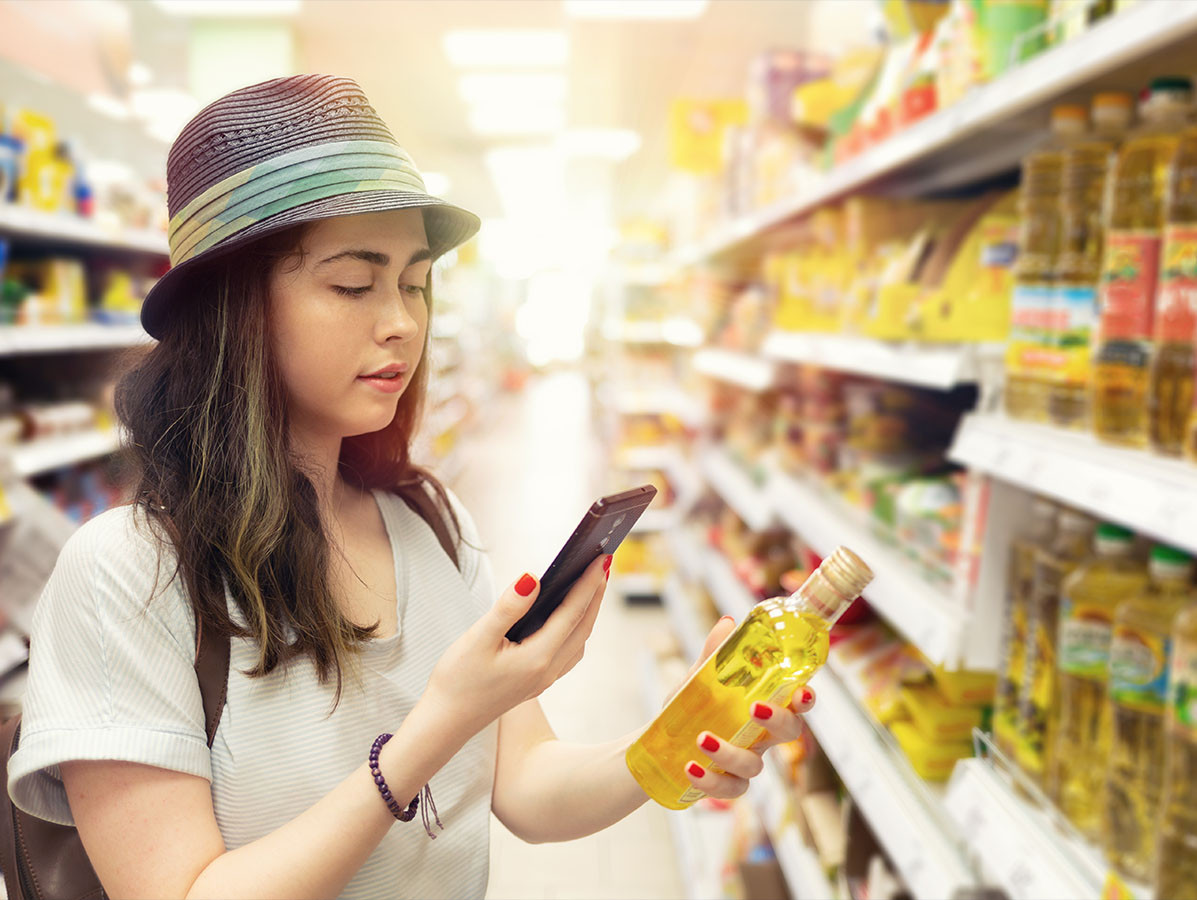
Since its introduction in 1973, the barcode has been on more than 1 billion products. Although this technology has been among us for five decades, a promising future still lies ahead. The next generation of barcodes is poised to provide access to all kinds of information: for consumers, businesses and the planet.
Barcodes have transformed the way we shop beyond measure. Barcodes improved stock accuracy and speed of provisioning, and empty shelves decreased. Barcodes also opened the door to new technologies, such as self-checkout.
The next generation of barcodes, such as QR codes with a standardised link (GS1 Digital Link), will radically change our lives. Do you want to know the story behind a product and where it comes from? Whether it contains allergens or is organic? How it can be recycled? If you scan a QR code containing a standardised link with an item code, you can give and get answers to all these questions. Instead of linking to just one website, as is common these days, you can link to an infinite number of sources. And it is then no longer necessary to put several barcodes on a package.
2D barcodes (QR codes) tie together the physical and online worlds and make a world of data accessible on everyday products such as peanut butter, a drill or a pair of jeans. These new codes can provide access to unprecedented amounts of information to help companies, legislators, consumers and patients make better decisions and be better informed.
Companies worldwide have agreed that the 2D barcode will be widely accepted and used in retail by 2027.
Source: GS1 Nederland